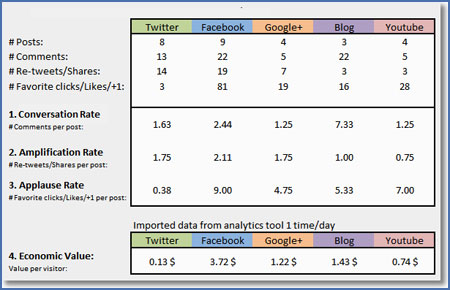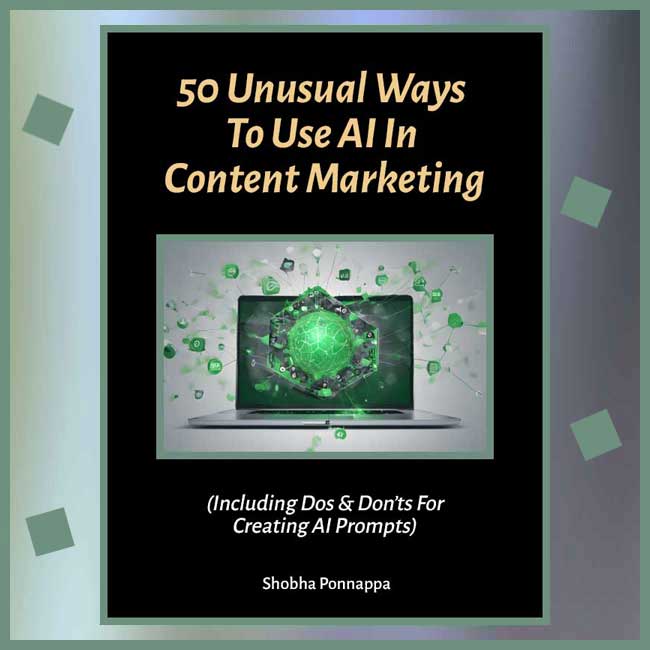
This FAQ-format blog post is a good idea when you want to create blog posts that answer “People Also Ask” questions on Google SERPs. There are good chances of your bolded first paragraph making it to the Featured Snippet ranking.
While answering questions, through FAQ-Style blog posts, it could be important to include data-driven answers, so that even the short word count content appears packed with solid reasoning.

After you see this portfolio sample below, click here to get back to the Portfolio Index page.
“FAQ-Style Blog Posts” emerge as a solution to a typical challenge faced by many brands. They need to address the myriad questions their audience has.
FAQ-Style Blog Posts have their format designed to directly tackle typical customer queries. When a title poses a question, it naturally piques curiosity, and if that question mirrors what the target audience is actively asking, it becomes a magnet for engagement.
The primary benefit of these blog posts for brands is twofold.
Firstly, they demonstrate the brand’s proactive approach to customer service and knowledge-sharing, solidifying the brand’s image as a helpful resource.
Secondly, when these questions are commonly searched for, the blog post can rank high in search engine results, driving organic traffic and positioning the brand as an authority in its field.
However, crafting a successful FAQ-style blog post is not without its challenges. To ensure authenticity and accuracy, writers must be deeply familiar with both the brand and its audience’s concerns.
The answers provided must not only be factual but also comprehensive, clear, and in alignment with the brand’s voice and ethos. There’s a delicate balance between being informative and maintaining engagement without overwhelming the reader.
Despite these challenges, the ROI on FAQ-style posts can be significant. By preemptively addressing queries, brands can reduce customer service loads, enhance user experience, and cultivate trust.
In the long run, such posts often serve as evergreen content, continuously attracting and educating potential customers, while reinforcing brand reliability.
Read on …

Your social engagement rate and your sales are two entirely different things from a marketing perspective. The social media will drive sales only if you have aimed your social marketing at sales, and not mere engagement. Read on to see how to achieve this.
Most brand marketers make the elementary mistake of thinking that “getting enormous love” on the social media should equate to brand sales. But the whole question is about what goals you set for yourself when you set out your social media campaign. Did you start with a set of objectives for your social strategy or did you not even think of objectives and achievements and did you just jump into social posting? A lot of people do that, in fact even very big brands “aim at nothing” with social media.
Avinash Kaushik, the renowned Web Analytics Expert and Evangelist of Google, says that four types of social objectives should be set for the social media. I have set this out in another more elaborate article on social media metrics, but the gist of his goal-plan is here.

Credits: Erik Ohlen’s dashboard based on Avinash Kaushik metrics
In Avinash’s opinion, it’s the absence of this Economic Value calculation that makes all the rest of metrics too soft to rely on. The first three measures of “social engagement rate” are meaningless without the fourth one that measures the actual revenue gains and ROI for the investments you make in the social media.
Now if you have failed to set clear objectives upfront for your social media campaign, especially on the fourth parameter above, how can you hope that social engagement rate alone will drive sales? Social engagement will give you brand awareness and brand trust and brand goodwill – but “sales” is driven by some other levers entirely!
Sales is driven by marshalling and converting the potential buyer down the buying cycle by making his choices grow narrower and narrower till he decides to eliminate all other options and arrive at your brand as his best decision.
Brands that plan to use the social media for “buyer conversion” have to adopt entirely different social media tactics than brands that plan for “social awareness, trust and goodwill” alone.
Social media strategy can be about gaining goodwill, driving conversion and sales, enhancing post-purchase experience, prompting repurchases, social CRM and much, much more. You haven’t even scratched the surface of what social media can do for your brand if you are just trapped in the narrow happiness of a brisk social engagement rate!
You can achieve sales for sure from the social media – but only if you strategize for it!
Delve deeper into the tangible results of my unique approach by exploring my service spectrum, my case studies, and other items in my portfolio. Each piece is a testament to the harmony of experience, an unconventional mindset, and cross-sector adeptness.
If you’re eager to elevate your brand’s narrative and strategy, don’t hesitate to tap into this wealth of knowledge.

"As a Content/Brand Specialist, and SEO/UX Writer, I can help transform your brand's online presence. I can lift it with innovative ideas to take it to an enviable position. Let's collaborate to create a captivating brand story, engage your audience, boost your online visibility, and increase your ROI. Take the next step towards your brand content success and contact me today."
Shobha Ponnappa
I Bring You:
Content Marketing That’s “Unusual By Strategy” … Tips, Tricks, Tactics, Techniques, Trends, Training.
Get my weekly ContenTracker Newsletter packed with loads of content marketing ideas – proven and unusual.
Get a free download of my ebook on “50 Unusual Ways To Use AI In Content Marketing” … and transform your success.

Just fill in the form to join my community … we have big and small brands for company. You’ll stay on the speedway to growth.
KEY TOPIC CATEGORIES COVERED ON THIS SITE:
COPYRIGHT © 2024. SHOBHAPONNAPPA.COM. ALL RIGHTS RESERVED.